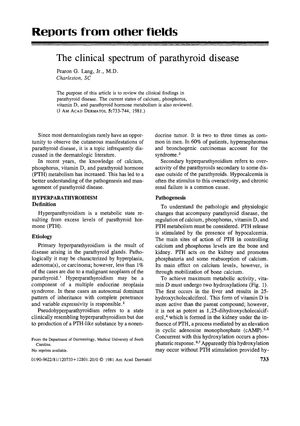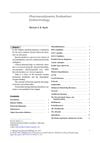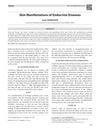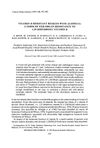The Clinical Spectrum of Parathyroid Disease
December 1981
in “
Journal of The American Academy of Dermatology
”

TLDR The document concludes that parathyroid diseases have a range of clinical features and outcomes, with some conditions being treatable and others having a high risk of mortality.
The 1981 document reviews the clinical aspects of parathyroid diseases, including hyperparathyroidism, hypoparathyroidism, pseudohyperparathyroidism, and pseudohypoparathyroidism, as well as associated conditions like DiGeorge's syndrome and mucocutaneous candidiasis. Hyperparathyroidism is caused by excess PTH and can be primary, secondary, or pseudohyperparathyroidism, with primary hyperparathyroidism having a 95% cure rate post-surgery. Hypoparathyroidism, characterized by PTH deficiency, can lead to symptoms like hair loss and brittle nails, which may improve with calcium correction, except in idiopathic cases. Pseudohypoparathyroidism involves resistance to PTH, and treatment with 1,25-dihydroxycholecalciferol can normalize serum calcium. DiGeorge's syndrome, a rare condition with hypoparathyroidism and immune deficiency, has a poor prognosis with many children dying from infection early in life. The document also notes the high mortality associated with impetigo herpetiformis during pregnancy.



